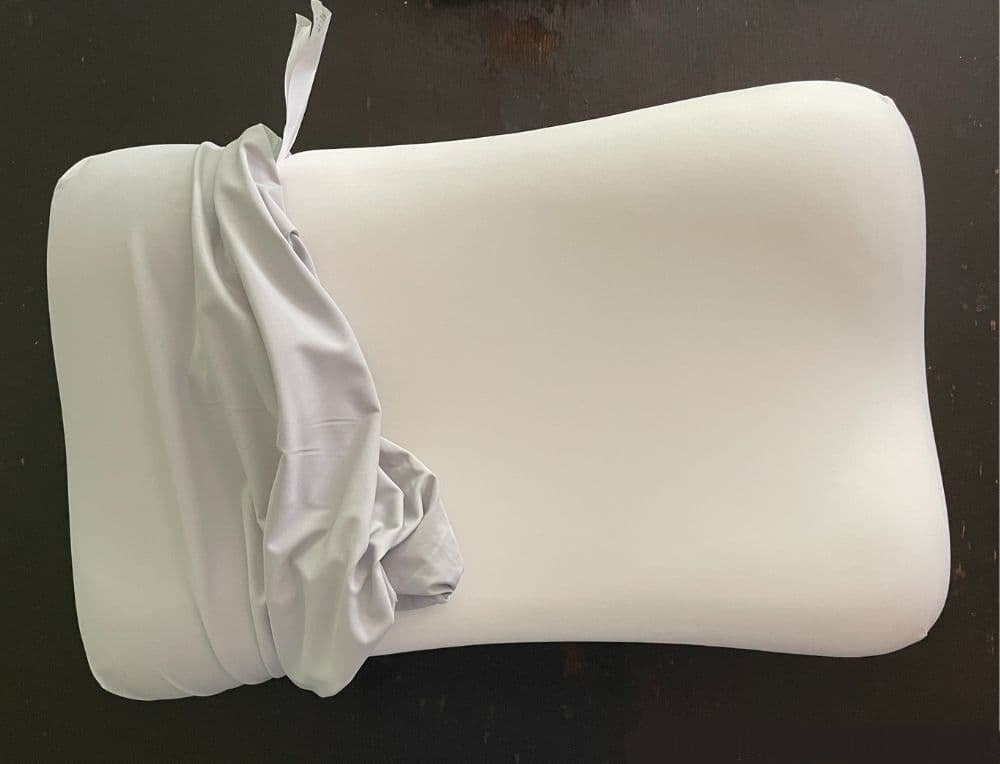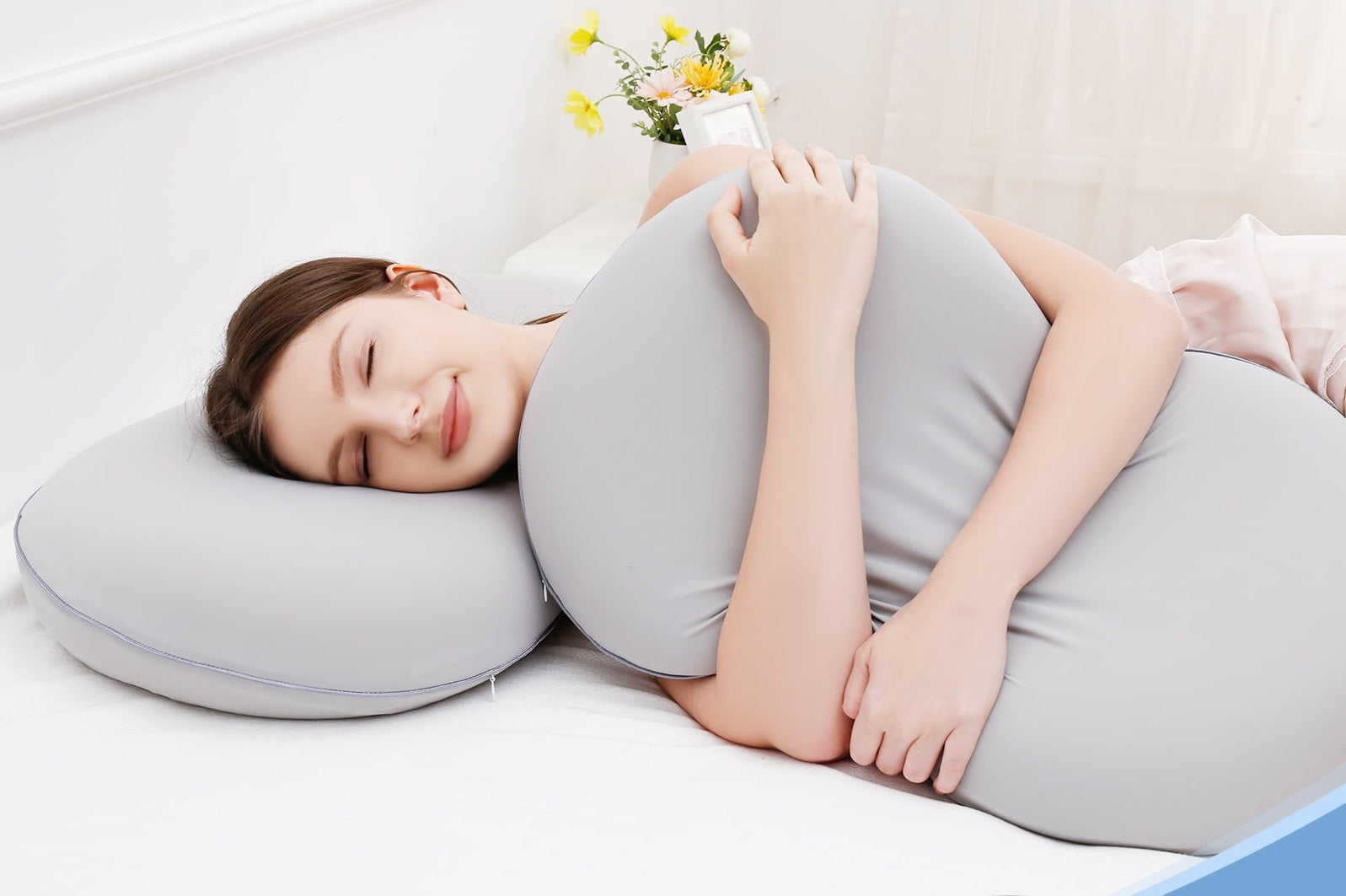A good pillow isn’t just about comfort—it’s about support, alignment, and quality sleep. With so many options available, picking the right one can be tricky. This easy-to-follow guide will help you find the best pillow for your sleep style, material preferences, and health needs.
1. Match Your Pillow to Your Sleep Position
Your sleeping posture determines the firmness, thickness, and support your pillow should provide.

Back Sleepers
- Best Pillow: Medium firmness
- Why? Keeps your neck aligned with your spine.
- Avoid: Thick pillows that push your head forward, straining your neck.
Side Sleepers
- Best Pillow: Firm & thick
- Why? Fills the gap between your shoulder and head for proper spinal alignment.
- Avoid: Flat pillows that tilt your neck downward.
Stomach Sleepers
- Best Pillow: Soft & thin
- Why? Prevents neck strain by keeping your spine neutral.
- Avoid: Thick pillows that overextend your neck.
2. Pick the Right Pillow Material
Different fillings offer unique benefits—cooling, support, or adjustability.
| Material | Best For | Support Level | Breathability |
Price Range($) |
|---|---|---|---|---|
| Memory Foam | All positions | High | Medium | 100 |
| Latex | Back & side sleepers | High | High | |
| Down/Feather | Stomach sleepers | Low | Mediu | 80 |
| Buckwheat | Side & back sleepers | Adjustable | High |

Memory Foam
- Pros: Contours to your head & neck.
- Cons: Easy to trap heat.
Elegear Upgraded 70D Memory Foam neck pillow with cooling pillowcase
Latex
- Pros: Firm, durable, and naturally cooling.
- Cons: Heavier and pricier than memory foam.
Down/Feather
- Pros: Soft & moldable.
- Cons: Loses shape quickly; not ideal for neck support.
Buckwheat
- Pros: Adjustable & breathable.
- Cons: Noisy and heavy.
3. Check for Allergies & Sensitivities
If you have allergies or asthma, avoid feather/down pillows. Instead, choose:
✔ Hypoallergenic materials (memory foam, latex, polyester)
✔ Dust-mite-resistant covers
4. Test Before You Buy (If Possible)
Many brands offer sleep trials—take advantage! When testing:
Lie down for 10-15 mins in your usual sleep position.
Check spinal alignment—your neck shouldn’t tilt up or down.
Feel the temperature—avoid overheating materials.
5. Don’t Forget the Pillowcase!
A good pillowcase enhances comfort:
✔ Silk/Satin: Reduces hair breakage & feels cool.
✔ Bamboo/Cotton: Breathable & moisture-wicking.
✔ Cooling pillowcase: If you are a hot sleeper.
Final Tip: Take Your Time!
The perfect pillow improves sleep quality, reduces pain, and boosts energy. Experiment with different options until you find your match. If needed, consult a sleep specialist for personalized advice.








Leave a comment
This site is protected by hCaptcha and the hCaptcha Privacy Policy and Terms of Service apply.